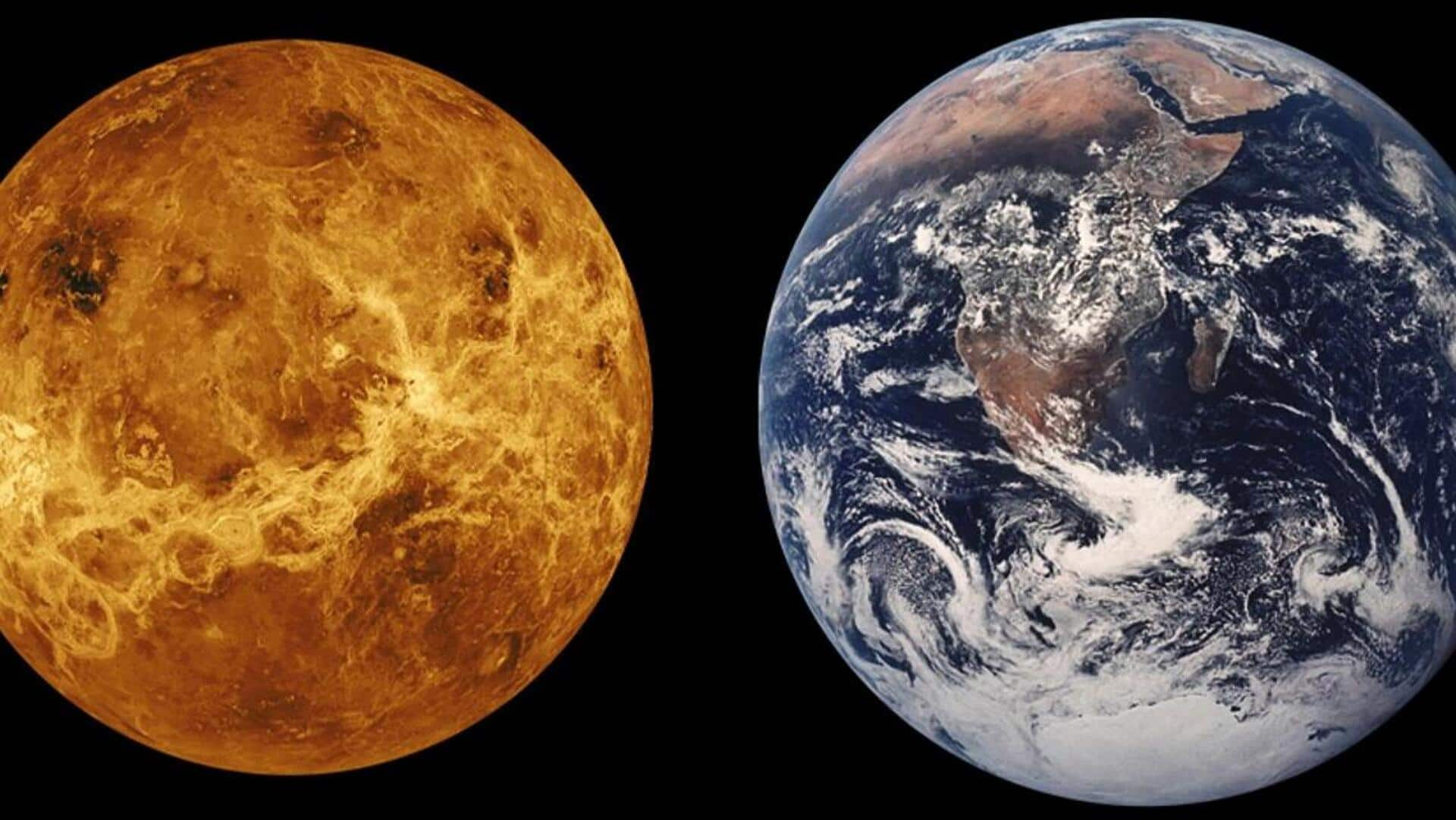
Planetary composition depends on the time of their formation: Study
What's the story
A new study led by scientists from the University of Nevada, Las Vegas (UNLV), has revealed how the timing of planet formation in our galaxy affects their composition and density. The research, published in The Astrophysical Journal Letters, was a collaborative effort with researchers from Israel's Open University. It is the first to model how galactic history impacts exoplanet properties over time.
Stellar influence
Stellar lifetimes and their impact on planetary formation
The study notes that materials used to form planets are created in stars with different lifetimes. High-mass stars, which burn out quickly (in about 10 million years), explode and scatter lighter elements like oxygen, silicon, and magnesium into space. These elements usually make up the outer layers of rocky planets. On the other hand, low-mass stars live for billions of years before releasing heavier elements like iron and nickel, key components for forming planetary cores.
Formation variation
Different types of planets based on stellar contributions
The research also highlights how the evolution and death of stars affect planetary formation. For instance, planets forming in systems where both high-mass and low-mass stars contributed to the planetary disk have a wider range of elements. Those from high-mass stars have bigger mantles and smaller cores, while those from low-mass stars have larger cores due to heavier elements like iron and nickel being added over time.
Software innovation
Fully integrated planet formation model made
The research team had been developing software models for various niche projects over the past decade. They recently realized they had everything needed to create a fully integrated planet formation model. This simulation tracks entire life cycle of planet formation from the star birth and element synthesis to explosions, collisions, planet formation, and internal structure. The findings suggest that conditions for life don't start immediately in galactic history as elements needed for habitable planets are made available at different times.